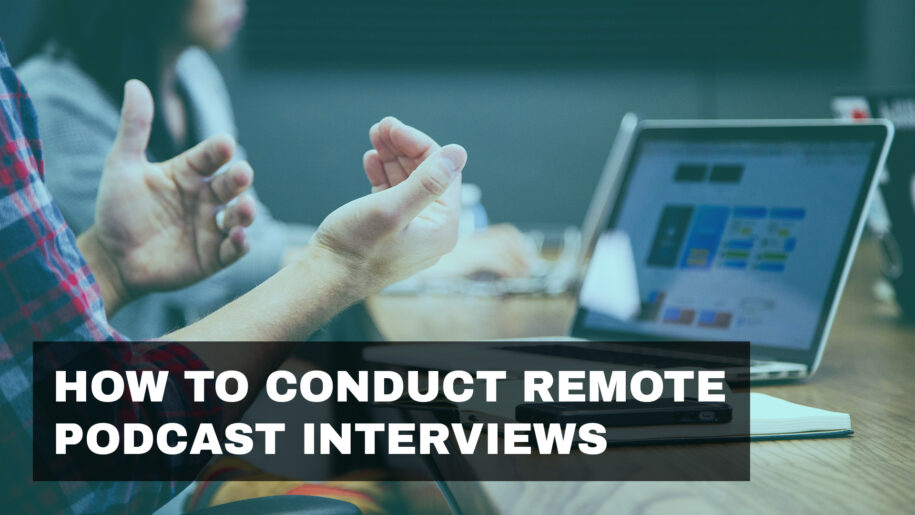Conducting remote podcast interviews has become increasingly popular, allowing podcasters to connect with guests from all over the world. However, it comes with its own set of challenges. Here are some best practices to ensure your remote podcast interviews are successful and engaging.
1. Choose the Right Tools
Selecting the appropriate tools for recording remote interviews is crucial. Popular options include Zoom, Skype, and dedicated podcasting software like Zencastr or Riverside.fm.
Example: “Zencastr offers high-quality audio and separate tracks for each participant, making post-production easier.”
2. Prepare Your Guest
Ensure your guest is well-prepared for the interview. Provide them with a brief overview of the topics you’ll cover, any necessary technical requirements, and a few tips for optimal recording conditions.
Example Email: “Hi [Guest], here’s a brief overview of what we’ll discuss in our upcoming podcast interview. Please ensure you have a quiet space and a stable internet connection.”
3. Test Your Equipment
Conduct a test run to check your equipment and internet connection. This can help you identify and fix any potential issues before the actual interview.
Checklist:
- Microphone and headphones
- Internet speed
- Recording software settings
4. Create a Comfortable Environment
Help your guest feel comfortable and relaxed. Start with some small talk and explain the format of the interview. This will help them feel more at ease and lead to a more natural conversation.
Example: “Before we start recording, let’s chat for a few minutes. I’d love to hear more about your recent projects.”
5. Ensure High-Quality Audio
Good audio quality is essential for a professional-sounding podcast. Encourage your guest to use headphones and a good microphone if possible. Use software that records locally on both ends to ensure the best possible audio quality.
Example: “Using a quality microphone can make a significant difference in the clarity of your voice. Here’s a budget-friendly option we recommend.”
6. Manage Technical Issues
Be prepared to handle technical difficulties. Have a backup plan, such as a secondary recording platform or a phone call, in case your primary method fails.
Example: “If we experience any issues with our recording software, we can switch to a phone call and continue the interview.”
7. Edit for Perfection
Editing is key to producing a polished podcast episode. Remove any background noise, long pauses, or mistakes. Use editing software like Audacity, GarageBand, or Adobe Audition.
Editing Tips:
- Remove ums and ahs
- Balance audio levels
- Add intro and outro music
8. Promote the Episode
Once your episode is ready, promote it across your social media channels, email newsletter, and website. Encourage your guest to share the episode with their audience as well.
Example Social Media Post: “Check out our latest episode featuring [Guest Name]! We discuss [topic]. Listen now on [Podcast Platform].”
Conclusion
Conducting remote podcast interviews can be seamless and rewarding with the right preparation and tools. By following these best practices, you’ll ensure a smooth process and produce high-quality content that resonates with your audience.
Additional Tips
- Schedule Wisely: Consider time zones when scheduling interviews.
- Use Video: Recording with video can create a more personal connection, even if you only use the audio.
- Stay Engaged: Actively listen and engage with your guest to keep the conversation lively and interesting.
By implementing these strategies, you’ll be well on your way to mastering remote podcast interviews and creating compelling content for your listeners.


